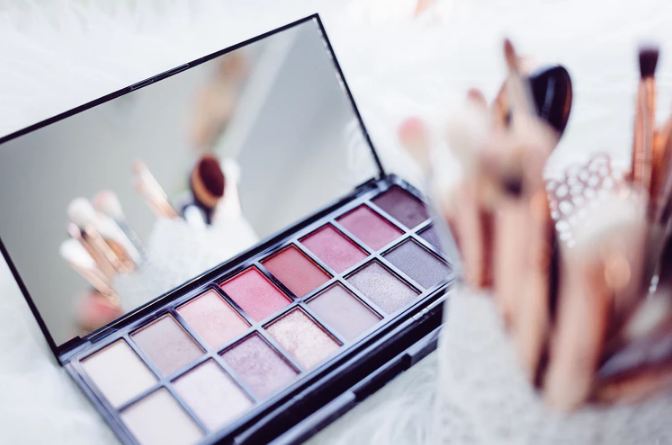Mica is a set of silicate minerals that can be ground down into a powder form for use in beauty products. With that, it was referred to as “the glitter of nature.” The color of its powder varies between the different minerals. Its color can be purple, pink, silver, or white.
The mica mineral is one of the essential minerals that is used in cosmetic products. It is widely used to add sparkles and shimmers to make-ups. Whenever you see a shimmering make-up product, it probably has mica mineral on it. As well as that, mica is also notable in skincare products designed to give a glow effect, especially those marketed as illuminating or brightening. You can find this mineral in colored products and skincare products like make-up primers, powders, foundations, eyeshadows, balms, among others. Aside from the beauty industry, ground mica is also used in toothpaste, plastics, and car paints.
Since it can be milled into a fine powder, one of the most significant benefits one can get from this mineral is its ability to create a natural sparkle finish. Because it is produced naturally, it is a well-loved ingredient among natural and organic beauty brands. Plus, it is safe to use on almost all skin types with only little to no effect. Nevertheless, the downside of mica is in its mining itself. Jharkhand, India, is the largest depositor of mica in the world. In its mining, child labor is widespread since poverty is abundant in this region.
Furthermore, in a 2016 report, it is stated that beauty brands that are dedicated to clean up their supply chains of mica have struggled because of the difficulty in tracing the real origin of this mineral. It is stated that intermediaries bring this mineral. As a result, a mix of legal and illegal mica was sold on to processing companies. Meanwhile, poor social conditions aggravate the issue.
Although boycotting the use of mica seems to be the solution, it does not solve the problem of poverty, child labor, the environment, and health safety. With that, few make-up companies are able to avoid the use of this mineral. However, it is still prevalent in the skincare market.
Luckily, some cosmetic companies like L’Oréal had led their way in collaborating with NGO’s and independent organizations to end the cycle of child labor in mica mineral mining. So, suppose you are to continue the use of products that contains mica mineral. In that case, you can consider using the products of the companies committed to the advocacy of ending the cycle of child labor.
The Use of Mica Mineral in Cosmetic Products
Before the mica mineral becomes an ingredient of your favorite cosmetic product, it undergoes purification and several laboratory tests before it can be ground. The finer it’s grinding, the better effect it will create when applied to the face. Do you ever wonder why this mineral sparkles? Well, according to Science, its particles reflect the light and gives you a radiant, healthy look.
Moreover, although this mineral seems perfect in its own way, it still needs to be mixed with other ingredients since it does not have its own adhesive property. Some of the common components combined to mica mineral were in the list below:
- Titanium dioxide– This mineral is natural and safe. Like mica, it also provides gloss. Aside from that, it also helps our skin against UV rays.
- Pigments- Pigments can be synthetic or natural. Also, it’s the one that gives color to the cosmetic products.
- Silica- This component increases the flowability of the mica mineral. It can also absorb moisture and sebum.
- Silicone– This component protects our skin as it creates a coating on the skin’s surface. It also helps to smoothen and soften the skin.
- There are more other substances that can be used together with the mica mineral. Some of them help to whiten, moisturize, and mattify the product.
There has been a dispute concerning how safe this mineral is. The answer is, the safeness of this mineral depends on how correctly it was prepared. Generally, it does not have a negative influence on the skin or health. Also, it does not usually cause allergic reactions, nor it clogs pores. However, one must be careful in mixing the ingredients on your own. Just remember that the use of such a substance is prohibited in some countries like Europe and the USA.

